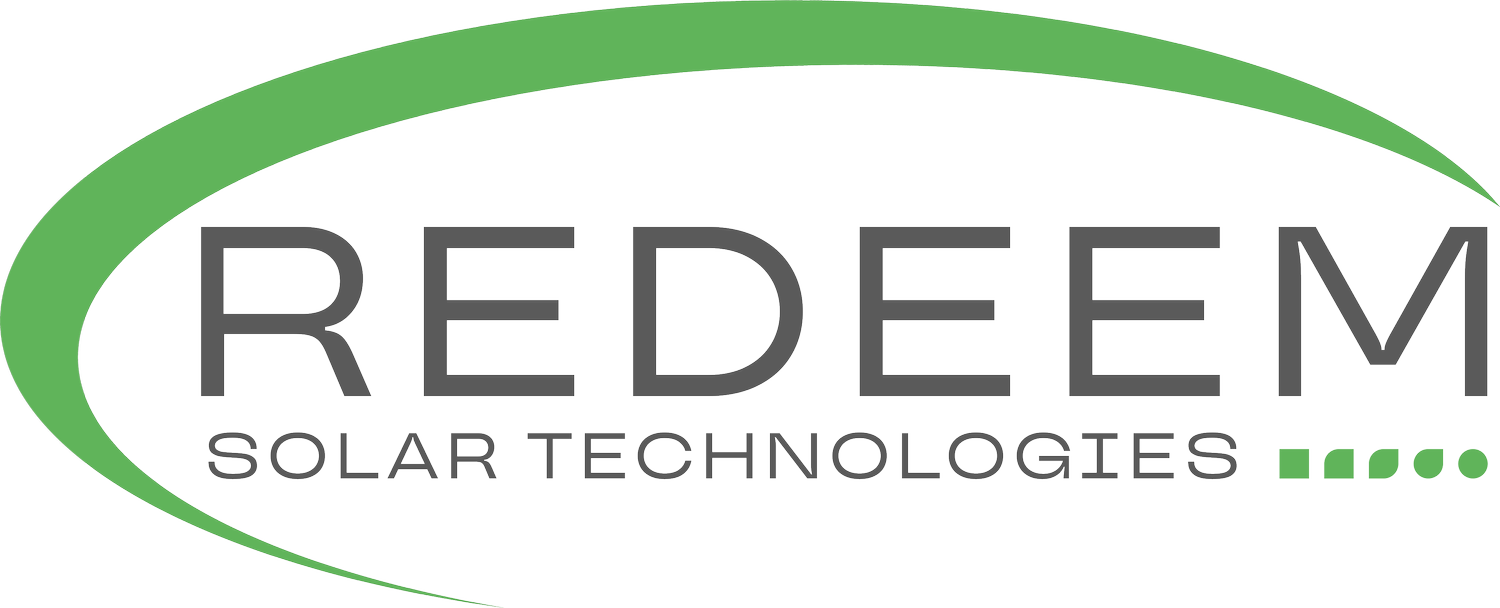Is Nuclear Green?
Have you ever wondered why nuclear power, despite being a low-carbon energy source, is often left out of conversations about "green" or "sustainable" energy?
After all, nuclear reactors don’t emit greenhouse gases like coal or natural gas plants do. Yet, when we talk about wind, solar, or even hydropower, nuclear energy rarely gets the same environmental accolades. Let’s dive into the reasons why nuclear power, for all its promise, struggles to earn the “green” label.
Nuclear power is often touted as a solution to combat climate change due to its low operational emissions. Unlike fossil fuel plants, which release carbon dioxide as they burn fuel, nuclear reactors generate electricity by splitting uranium atoms - a process that produces heat and, ultimately, power without emitting carbon dioxide. In fact, nuclear power currently provides about 10% of the world’s electricity and is responsible for roughly one-third of the globe’s low-carbon electricity supply. So why isn’t it considered green?
The first hurdle lies in radioactive waste. Nuclear reactors produce not just energy, but also highly radioactive byproducts, some of which remain hazardous for tens of thousands of years. These byproducts, known as spent nuclear fuel, must be carefully stored and managed to prevent contamination of the environment and exposure to humans. Have you ever imagined dealing with waste that remains dangerous for millennia? That’s the dilemma here. Currently, much of this waste is stored in secure, temporary facilities because long-term solutions, such as deep geological repositories, are expensive and politically sensitive. The inability to find a safe, permanent solution for nuclear waste is one of the primary reasons nuclear power is not considered green.
But that’s not all. There’s also the risk of nuclear accidents. While modern nuclear plants are designed with numerous safety measures, history has shown that accidents - though rare - can have catastrophic consequences. Incidents like Chernobyl in 1986 and Fukushima in 2011 still haunt public perception. The fallout from these accidents resulted in widespread environmental contamination and long-term health issues for affected populations. Imagine an energy source that can power cities, but in the event of failure, can also render entire regions uninhabitable. This inherent risk is another reason why nuclear power struggles to be viewed as a truly sustainable option.
Then, there’s the issue of uranium mining and resource scarcity. Uranium, the fuel used in nuclear reactors, must be mined, processed, and enriched before it can be used to generate power. The mining process itself is energy-intensive and can cause significant environmental harm, including soil erosion, water contamination, and habitat destruction. Additionally, uranium is a finite resource. While estimates vary, some sources suggest we have enough uranium to fuel nuclear plants for another 80 to 100 years at current consumption rates. This doesn’t seem very sustainable when compared to renewable energy sources like sunlight or wind, which are abundant and will never run out.
Moreover, constructing nuclear power plants is both time-consuming and costly. Have you ever thought about how long it takes to build a nuclear reactor? Typically, construction can take 10 to 15 years, sometimes even longer, and costs can spiral into billions. This makes nuclear energy a far slower and more expensive solution compared to building solar or wind farms, which can be set up in a matter of months or years. In a world that’s racing against the clock to reduce carbon emissions, the long lead times and high upfront costs of nuclear energy are significant drawbacks.
Despite its low operational emissions, nuclear power’s life cycle emissions - the total emissions from building, fueling, operating, and decommissioning plants - aren’t zero. While they are significantly lower than coal or natural gas, studies have estimated that nuclear power generates about 12 grams of CO₂ per kilowatt-hour (kWh), compared to 4 grams for wind and 6 grams for solar. This figure includes the emissions from mining uranium, constructing plants, and managing waste. While still a low-carbon option, nuclear’s total life cycle emissions are higher than most renewable alternatives, another factor that keeps it from being fully embraced as “green.”
Lastly, the decommissioning of nuclear plants is a massive, costly, and energy-consuming process. When a plant reaches the end of its lifecycle, typically after about 40 to 60 years of operation, the process of safely shutting it down and dismantling the reactors can take decades and cost billions. The remnants, including radioactive materials, must be safely stored or disposed of, and the site itself may need extensive cleanup to remove any contamination. This long-term liability is often overlooked in the broader conversation about energy sustainability but remains a key factor in nuclear power’s complex environmental footprint.
To sum it up, while nuclear energy offers a significant reduction in greenhouse gas emissions compared to fossil fuels, its challenges - radioactive waste, the risk of accidents, uranium mining, long construction times, high costs, and the decommissioning process - hinder its classification as "green." Renewable energy sources like wind and solar may not yet provide the same consistent energy output as nuclear, but they offer a far cleaner, safer, and more sustainable path forward. Nuclear energy might still play a role in the transition to a low-carbon future, but it will likely continue to be viewed with caution when it comes to its environmental impact.
As industries and governments worldwide continue their search for cleaner energy solutions, the debate over nuclear power's role will remain complex and multifaceted.
In case you are interested to know more about our technology make sure to check out our Products
Visit our website or follow us on LinkedIn for more details, and feel free to reach out for consultations on how our solutions can fit your flow chemistry applications.

